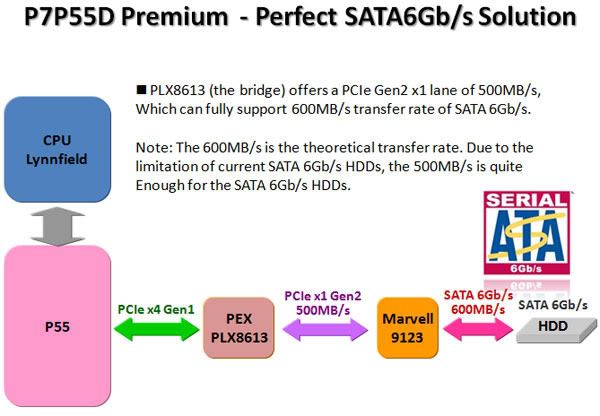http://www.guru3d.com/news/ces-msi-shows-amd-890fx-gd70-mobo/
If this is a wholly AMD chipped motherboard, I might be building a rig to replace my C2Q with this. Black edition CPUs rock, and are just as good for gaming, at least at my res 1920x1200. Looking forward to when I can get one of these?
If this is a wholly AMD chipped motherboard, I might be building a rig to replace my C2Q with this. Black edition CPUs rock, and are just as good for gaming, at least at my res 1920x1200. Looking forward to when I can get one of these?
![[H]ard|Forum](/styles/hardforum/xenforo/logo_dark.png)
